Disinfection in hospitals and beauty parlours

During various medical and cosmetological procedures, disinfection and sterilization play an extremely important role. To perform a surgical procedure safely for the patient or a cosmetic procedure that disrupts the skin's structure, it is necessary to sterilize the instruments and materials and disinfect the surgical field. Improper execution of these processes can result in infection or transmission of an infectious disease to the patient. For these reasons, special attention must be paid to effective disinfection and sterilization.
Table of Contents:
1. Asepsis and antisepsis
2. Principles of sterilization
3. Types of sterilization
4. Sterilization process control
5. Factors influencing the sterilization process
6. Disinfection - methods classification
7. Classification of disinfectants according to Polish law
8. Factors determining the effectiveness of disinfectants
9. Characteristics of the main groups of chemicals used in antisepsis
Asepsis and Antisepsis
Sterilization (decontamination) is a process that destroys all microorganisms, both vegetative forms and spores. Disinfection, on the other hand, is a process that reduces these bacteria to a level safe for humans. Both processes are used in actions described as asepsis and antisepsis.
Asepsis includes actions aimed at preventing wound infections and involves all dressing materials that come into contact with damaged skin. Dressings, to be safe, must be completely sterile, meaning free of all microorganisms.
Antisepsis involves similar actions but focuses on removing bacteria from the surgical field, wounds, or mucous membranes. This is done through the action of chemicals that destroy bacterial structures, their metabolism, and eliminate spores.
Principles of Sterilization
In surgical practice, sterility is required for surgical instruments, dressing materials, needles, syringes, gloves, and surgical drapes. Items to be sterilized must be perfectly clean, dry, disinfected, and packaged in a way that prevents recontamination. The sterilization process itself should follow appropriate procedures, and after completion, items should be stored in a way that excludes the possibility of recontamination.
Types of Sterilization:
- Steam (moist heat)
- Dry heat
- Low-temperature gas (using ethylene oxide and formaldehyde, hydrogen peroxide, and gas plasma)
- Radiation
- Chemical
Steam Sterilization
This is the most commonly used method, currently the fastest, most reliable, most economical, and ecological, and therefore we will discuss it in detail. Steam sterilization involves the use of steam or boiling water at a temperature of 121°C under one atmosphere of pressure or 134°C under two atmospheres of pressure. This type of sterilization is carried out in devices called autoclaves. The downside of this method is its use only for equipment that does not corrode under these conditions, although it can be used for the vast majority of items. Key to the correct process is maintaining a vacuum in the sterilization chamber, as the amount of air in the autoclave affects the temperature of the steam. The sterilization time is counted from the moment the appropriate temperature is reached. After sterilization, items should be left in an open container for about fifteen minutes to dry, then stored in clean and dry containers for no longer than 14 days.
Example sterilization times for steam sterilization:
|
Sterilized Items
|
Exposure Time (min) | |
| 121oC | 134oC | |
| Metal tools on an unpackaged tray | 15 | 7.5 |
| Metal tools on a tray covered with a napkin | 20 | 10 |
| Tools wrapped in paper or fabric | 30 | 15 |
| Empty inverted laboratory glassware | 15 | 7.5 |
| Surgical drapes in packs | 40 | 20 |
| Surgical drapes in cans | 55 | 25 |
| Water solutions depending on the height of the bottle | 20-45 | - |
Dry Heat Sterilization
It is performed in sterilizers called dryers, where dry air at a temperature of 160-200°C acts. Sterilization is most often performed at 160°C for 60 minutes or 180°C for 15 minutes. This method is recommended for materials that, due to their structure, cannot be subjected to high pressure during steam sterilization. These include powders, oils, petroleum jelly, and oily materials. This method is not recommended for dressing materials, surgical drapes, plastic objects, rubber, and water solutions. It is recommended to use aluminum foil, paper, and metal and glass containers as packaging. For this method, it is important that:
- The heating time of the chamber is not included in the exposure time.
- The material to be sterilized is dry.
- The packages do not exceed the dimensions of 10 x 10 x 30 cm.
- Oily and powdered materials should be heated before sterilization.
Example sterilization times for dry heat sterilization:
|
Sterilized Items
|
Exposure Time (min) | ||
| 160oC | 180oC | 200oC | |
| Cutting tools such as scissors | 60 | 15 | - |
| Common surgical tools | 120 | 30 | 15 |
| Surgical needles | 60 | 15 | 15 |
| Gauze, petroleum jelly | 150 | - | - |
Gas Sterilization
This method uses bactericidal gases that work at low temperatures. The most commonly used gases are ethylene oxide in a mixture with CO2 or formaldehyde and hydrogen peroxide in the form of disposable cartridges.
Ethylene Oxide Sterilization
This method is mainly used for thermolabile materials such as disposable medical equipment and specialized equipment used in microsurgery, laparoscopy, and endoscopy. This method should only be used by experienced personnel because the sterilized equipment often differs in construction and may be damaged. Items to be sterilized must be clean because contamination hinders gas contact with bacteria. In the initial phase, steam should be introduced into the chamber because it makes the moistened bacteria more susceptible to gas action. Ethylene oxide is a toxic substance, so sterilized items must undergo a desorption or degassing process. Under normal conditions, in a ventilated room, this process takes about a week, but it can be accelerated using aerators, which are special air cabinets that remove the oxide from materials. For rubber and latex materials, this can take up to 18 hours, and for polyvinyl chloride materials, up to 32 hours. During this sterilization method, ethylene oxide derivatives may form with products containing chlorine. Since these are harmful compounds, this method requires constant microbiological control.
Formaldehyde Sterilization
Mainly used for sterilizing items made of rubber and plastics. Formaldehyde is used in a mixture with steam, most often at a concentration of 5-30 g per 100 ml at 60-80°C or 20 g per 100 ml at 55°C. Unlike ethylene oxide, formaldehyde does not penetrate sterilized materials but covers them with a thin layer, so tools with long narrow lumens require long cycles and pressure changes. As in the previous method, steam should also be used in the initial phase. Formaldehyde is an irritating, toxic, and mutagenic substance, so personnel performing sterilization should be very careful.
Gas Plasma Sterilization
The latest method, which uses deep vacuum to introduce gas into a state of ionization, i.e., plasma. This method destroys all microorganisms at 40-60°C in a dry environment. The process is also safe for personnel and patients. Plasma sterilization is best suited for thermolabile specialized equipment, diagnostic apparatus, artificial respiration devices, fiber optic devices, catheters, cameras, or electrosurgical tools that come into direct contact with the patient's tissues and body fluids. This method is not suitable for sterilizing drapes, powders, liquids, long blind-ended tools.
Radiation Sterilization
The sterilizing agent in this process is the radiation of Co60 and Cs137 isotopes, with about 90% being Co60 radiation. This method takes only a few minutes, allows for the sterilization of materials in their packaging, and does not generate toxic waste. It is mainly used for sterilizing disposable equipment, endoprostheses, vascular prostheses, blood transfusion sets, pharmaceuticals, and cosmetics.
Chemical Sterilization
This method involves the use of so-called chemosterilizers, i.e., liquid agents used to sterilize medical tools and materials sensitive to high temperatures. All activities related to this process should be performed under aseptic conditions using sterile equipment and distilled water. Typically, the sterilizing agent is peracetic acid (0.5-2.5%) and undiluted glutaraldehyde. Sterilization with the first one takes about 30 minutes, and with the second one up to 10 hours. Items sterilized by this method must be used immediately. During the action of the agent, the container should be covered (especially with aldehyde), and after removal from the solution, items should be thoroughly rinsed with distilled water and wiped with a sterile towel.
- Each item subjected to sterilization must be disinfected, dried, and properly packaged.
- Sterilization parameters such as time, pressure, and temperature should be controlled.
- Monitor the effectiveness of the process using chemical, physical, and biological indicators.
- After the process is completed, sterilized materials should be properly stored.
Chemical Indicators (Indicators)
These are chemical substances that change color upon reaching certain parameters. Among them, we can distinguish internal indicators placed inside the package and external indicators placed on the package's surface. Thanks to them, we can check if the sterilization process was successful and distinguish sterilized materials from the rest.
Physical Indicators
These include thermometers, manometers, control cards, Brown tubes that change color depending on the temperature and exposure time, and all equipment that monitors the sterilization process and the technical efficiency of the device.
Biological Indicators
They are used to check whether resistant bacterial strains to a specific sterilizing agent were eliminated. Biological indicators should be placed in the sterilization chamber in places where the sterilizing agent has difficult access. In Poland, the following are used for biological control:
- Sporal A - spores of Bacillus stearothermophilus placed on paper; after sterilization, they are transferred to an appropriate microbiological medium and incubated at 56°C for 7 days; the appearance of the medium indicates that the sterilization process failed; this bacterial strain is used to control steam sterilization.
- Sporal S - spores of Bacillus subtilis also placed on paper and after sterilization transferred to the appropriate medium and incubated at 37°C for 7 days; similarly, the appearance of the medium indicates a failed process; it is used to control dry heat sterilization and ethylene oxide sterilization.
- Attest No. 1261 - modified strain of Bacillus stearothermophilus for controlling steam sterilization in the Flash cycle (132°C, 3 min).
- Attest No. 1262 - modified strain of Bacillus stearothermophilus for controlling all steam sterilization processes except the Flash cycle.
- Attest No. 1264 - spores of Bacillus subtilis for controlling ethylene oxide sterilization.
Factors Influencing the Sterilization Process
- Type of microorganism - some microorganisms are more resistant than others, e.g., the HBV virus survives in an autoclave at 121°C for an hour and in dry air at 160°C; the HCV virus is inactivated within 5 minutes at 100°C and at 60°C after 10 hours, and in lyophilized form, it dies only after 72 hours at 60°C; the HIV virus is quite sensitive and dies at 56°C after 30 minutes, while in lyophilized protein at 68°C after 2 hours.
- Contamination - the presence of contaminants, blood residues, organic substances increases their resistance to sterilization factors.
- Number of microorganisms - the longer the sterilization time, the more microorganisms are on the sterilized items.
Harmfulness of compounds used in the sterilization process
| Chemical Compound | Harmful Effect |
| Ethylene oxide | Irritant, allergenic, hemolysis, potential carcinogenic and mutagenic effects |
| Ethylene oxide derivatives: ethylene chlorohydrin, ethylene glycol, formed during the sterilization of materials containing chlorine, e.g., polyvinyl chloride | Skin damage, mucous membranes, hemolytic effect, ethylene glycol - narcotic effect, acidosis, nephropathy |
| Formaldehyde | Potentially carcinogenic, irritant to mucous membranes and skin, allergenic |
| Glutaraldehyde | Irritant |
Disinfection
Disinfection is a process that reduces the number of microorganisms and prevents their spread. Physical and chemical methods are used in it, although the latter are much more common. Disinfected areas are usually tools, floors, countertops, equipment, and skin surfaces and wounds. Compounds that come into direct contact with the skin must not act toxically, irritatingly, or allergically, so not all disinfectants can be used in antisepsis. According to the principles, tools and equipment that come into contact with intact skin can only be subjected to disinfection processes. Otherwise, they must be sterilized.
Physical Methods of Disinfection
- Thermal methods - these include disinfection with boiling water, heated to a temperature of 80-100°C, and steam for 30 minutes. This method is not effective against HBV, but it is recommended for disinfecting linen. Pasteurization is a one-time heating of the liquid to a temperature of 80-90°C for a few seconds, followed by its immediate cooling to room temperature. This significantly reduces the number of microorganisms in the solution and hinders their growth. In water at 80°C for 30 minutes, vegetative forms of bacteria, fungi, and most viruses are destroyed.
- Non-thermal methods - these include filtration and the action of UV radiation. Filtration involves mechanically trapping microorganisms through filters with a specific pore size. It is mainly used during the production of drugs and vaccines to purify air from microorganisms in air supply installations in clean rooms or clean workbenches. In disinfection, the UVC radiation range with the shortest wavelength and the highest particle energy is used, as well as UVB. The maximum action occurs at a wavelength of 257 nm, which is mainly absorbed by DNA. Due to the limited penetrability of UV, it is used for air or clean water disinfection.
Chemical-thermal methods of disinfection
These methods use hot, moist air with a disinfectant. They are mainly used to disinfect items that could be damaged at high temperatures. The disinfection process is carried out in cleaning machines, where the disinfectant solution is heated to 40-60°C, allowing for a reduced dose of the chemical compound.
Chemical Methods of Disinfection
In disinfection and antisepsis, compounds from various chemical groups are used, among which the following can be distinguished:
- Alcohols
- Aldehydes
- Phenols
- Oxidizing agents
- Halogens
- Heavy metal salts
- Dyes
- Surfactants
Classification of disinfectants according to Polish law:
- Preparations intended for hand and skin hygiene - are treated as medicinal products, and their registration and approval for use are subject to the restrictions of the Pharmaceutical Law Act of September 6, 2001 (Journal of Laws No. 126, item 1381); they are entered in the Register of Medicinal Products Authorized for Marketing in Poland;
- Preparations intended for the disinfection of medical devices - are treated as medical devices and are subject to the restrictions of the Medical Devices Act of April 20, 2004 (Journal of Laws No. 93, item 896); according to EU directive 93/42/EEC, a disinfectant intended for surgical instruments is considered a medical device by law; they must have the CE mark, which confirms compliance with the requirements for medical devices; owners of clinics are obliged to use only those products that have an entry in the register of medical devices or a declaration of conformity;
- Other disinfectants - are subject to the requirements of the Biocidal Products Act of September 13, 2002 (Journal of Laws No. 175, item 1433 ); in all the above cases, the registration authority for disinfectants is the Office for Registration of Medicinal Products, Medical Devices, and Biocidal Products.
Factors Determining the Effectiveness of Disinfectants
- Number and type of microorganisms
- Physiological state of the organism
- Type of chemical agent
- Concentration of the chemical compound in the preparation (the higher the concentration, the faster the effect)
- Time of action of the chemical substance needed to kill bacteria (the more microorganisms, the longer the time)
- Temperature - the higher the temperature, the faster the effect
- pH of the environment - the appropriate pH facilitates the dissociation of chemical compounds and causes the movement of electric charges on the surface of the microorganism cells, e.g., an increase in pH leads to a decrease in the activity of phenols, chlorates, iodine compounds, and an increase in the activity of quaternary ammonium compounds
- Humidity - the higher the humidity, the more effective the disinfection process
- Presence of organic matter in the environment - the presence of organic matter usually weakens the action of chemical compounds
Characteristics of the Main Groups of Chemicals Used in Antisepsis
Alcohols
In disinfection, n-propanol, isopropanol, and 70-80% ethanol solution are most commonly used. Higher concentrations do not work quickly due to the strong dehydration of bacteria. Alcohols are mainly used for skin antisepsis, hand disinfection, and small surfaces and objects, especially when a quick effect is needed (5-15 minutes).
Aldehydes
They are highly effective against bacteria (including mycobacteria), viruses, fungi, and spore forms. Importantly, their effectiveness does not decrease in the presence of organic contaminants. They are most often used for disinfection of tools, surfaces, and plastic products. They should not be used in antisepsis due to their strong irritating effect on the skin and mucous membranes.
Phenols and their derivatives
Phenolic compounds are effective against both bacteria, fungi, and some viruses. Their effect is particularly pronounced in an acidic environment. In combined preparations, they are used for disinfection of surfaces, tools, and suction devices.
Iodine Compounds
Iodine dissolved in organic solvents (alcohol) destroys all microorganisms quickly and strongly. Due to causing strong irritation, it can only be used on intact skin. Absorbed, it can even cause poisoning or anaphylactic shock. Therefore, instead of iodine solutions, iodine complexes with macromolecular organic compounds, i.e., iodophores, are more commonly used in antisepsis. Iodine is released from them gradually, which prolongs its action and weakens the irritating effect. In practice, iodinated polyvinylpyrrolidone, which acts on bacteria, fungi, viruses, and bacterial spores, is most often used. Due to the resorption of iodine and its effect on thyroid function, iodinated compounds should not be used during pregnancy, lactation, or in newborns.
Surfactants
The action of these compounds is relatively weak and does not cover spores, mycobacteria, non-enveloped viruses, and gram-negative bacteria. Moreover, even small amounts of organic substances weaken their effect. Therefore, in antiseptic preparations, they are mainly used as additional ingredients. Cationic combinations of surfactants, so-called detergents, show bacteriostatic action. Chlorhexidine is most commonly used in antisepsis. It has strong antibacterial and antifungal activity; it inactivates many viruses, including HIV. Alcohol solutions are used for hand and skin disinfection; they can also be used to treat purulent skin infections.
Chlorine Compounds
They are more commonly used in disinfection than in antisepsis, although chloramines are sometimes used to disinfect the skin. The presence of organic substances and oxidizing compounds weakens their effect. Chlorine compounds used in antisepsis include N-chlorotaurine, whose activity increases in the presence of organic substances; it is a very good antiseptic with practically no side effects.
Oxidizing Agents
These include ozone, 3% hydrogen peroxide, which is nothing but the hydrogen peroxide used for skin disinfection and 6-8% for equipment disinfection, peracids, potassium permanganate. These compounds are not effective against mycobacteria and fungi but effectively inactivate viruses. The presence of organic substances in the field of action of oxidizing agents leads to their rapid inactivation. They are used for disinfection of surfaces and linen, as they cause corrosion of metal objects.
Dyes
This group includes the well-known ethacridine, which mainly acts on Gram-positive bacteria. It is used to disinfect mucous membranes and skin, and its effectiveness is greater in alkaline pH solutions. Gentian violet also acts on Gram-positive bacteria and some fungi; it is used to disinfect mucous membranes, skin, and wounds.
Bibliography:
Bober-Greek B., Methods of eliminating microorganisms in hospital conditions, [in:] Hospital Hygiene. Conference materials, Interart Publishing House, Wrocław 2000.
Hygiene. Health Protection. Textbook for medical schools, edited by C.W. Korczak, Medical Publishing House PZWL, Warsaw 1994.
Hygiene. Textbook for nursing students edited by J.K. Karczewski, CZELEJ Publishing House, Lublin 2002.
Hygiene. Prevention in medical professions, edited by J.T. Marcinkowski, Department of University Publications of the Medical Academy, Poznań 2002.
Regulation of the Minister of Health and Social Welfare of August 21, 1997, on chemical substances posing a threat to health or life (Journal of Laws 1997 No. 105, item 671).
Regulation of the Minister of Health of December 30, 2004, on occupational safety and hygiene related to the presence of chemical factors at the workplace (Journal of Laws No. 11, item 86).
Act of September 13, 2002, on biocidal products (Journal of Laws No. 175, item 1433).
All rights reserved. No part of this publication (text, graphics, images, photos, files, and other data) presented in the online store OLE.PL may be reproduced or disseminated in any form or by any means without prior permission. All trademarks, graphic symbols, proper names, and other data are protected by copyright and belong to their owners.

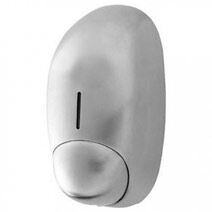

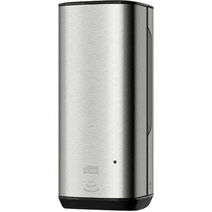
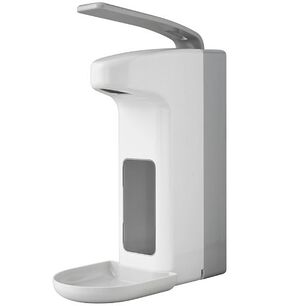

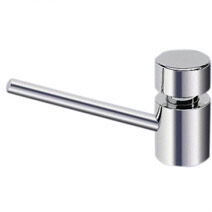
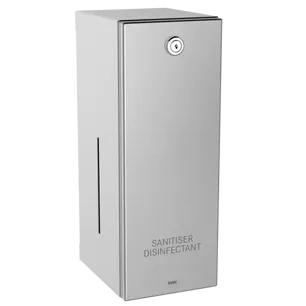

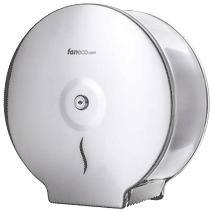

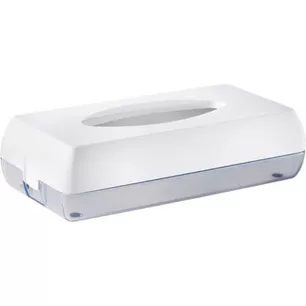
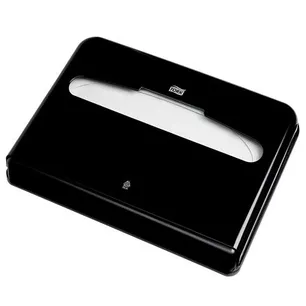
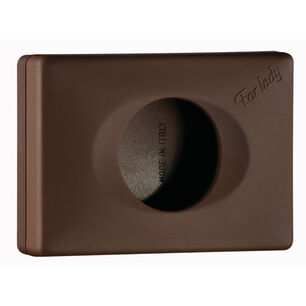
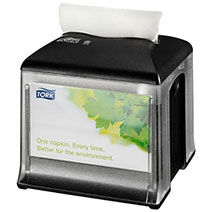

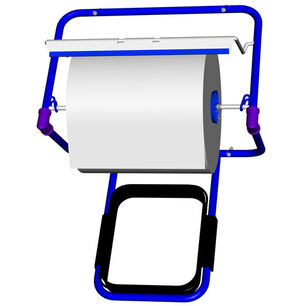
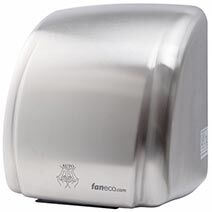
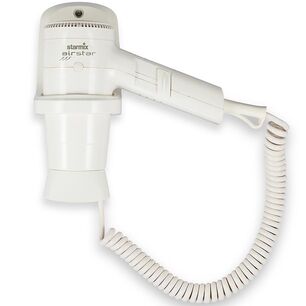
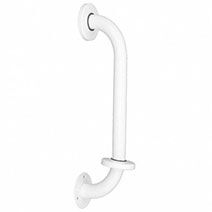
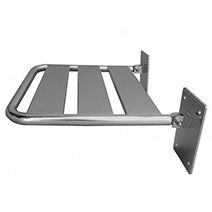
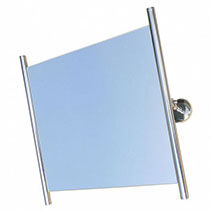
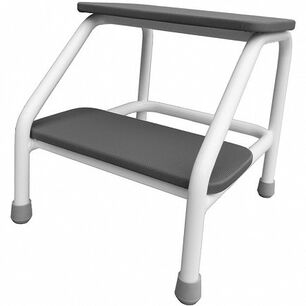
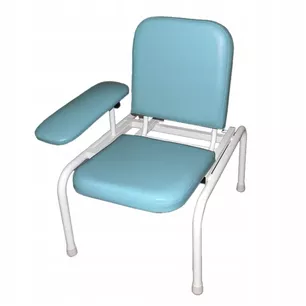




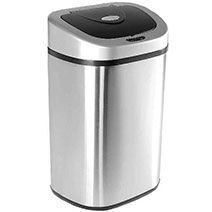
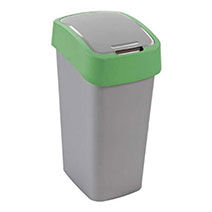
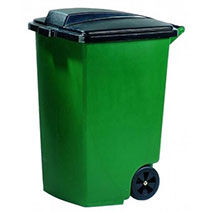


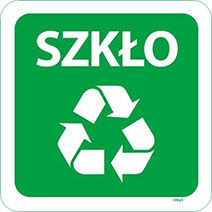

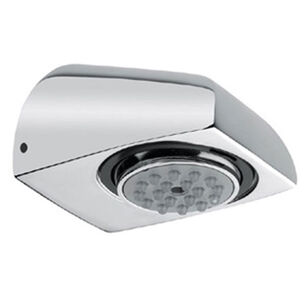
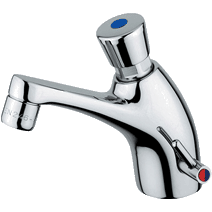
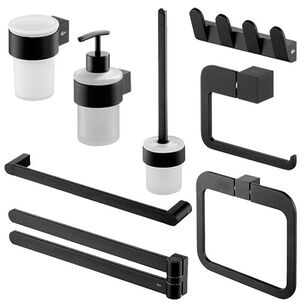
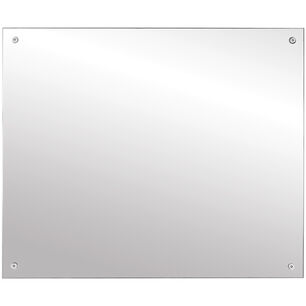
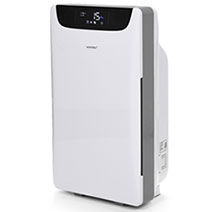
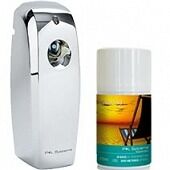

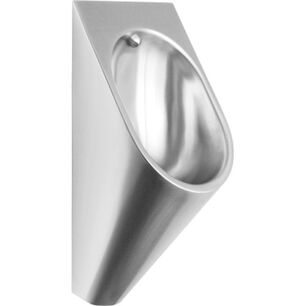
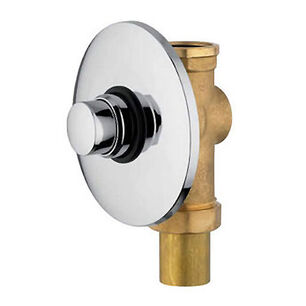
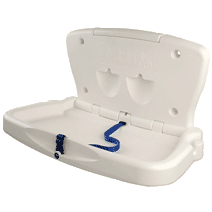
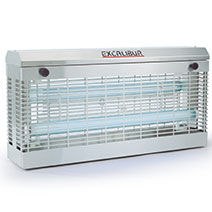

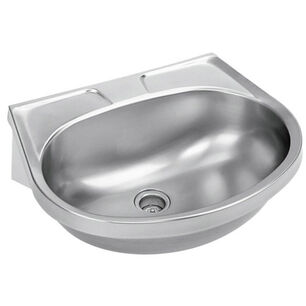
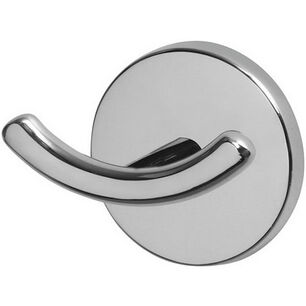
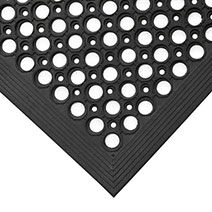
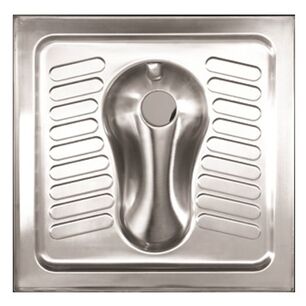
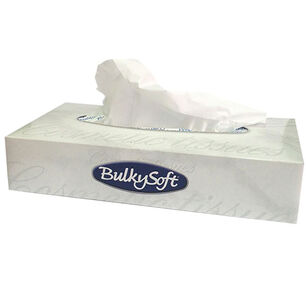
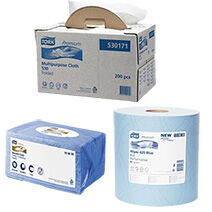



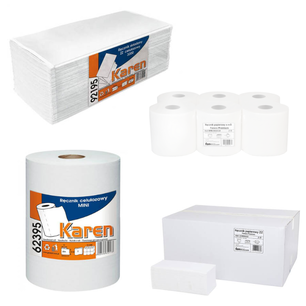
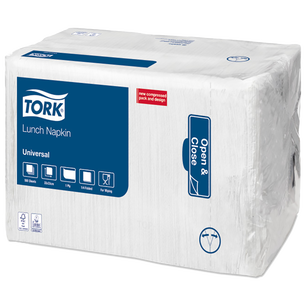
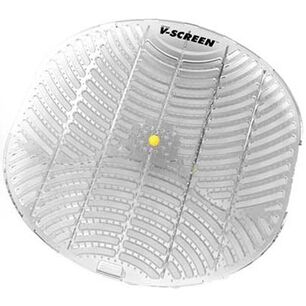
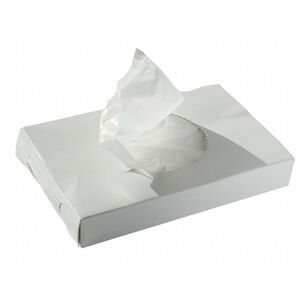
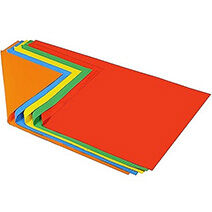
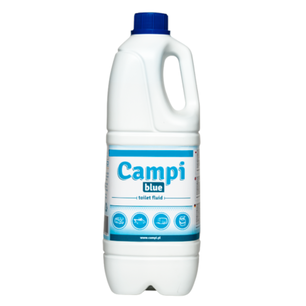
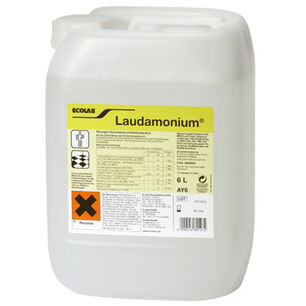
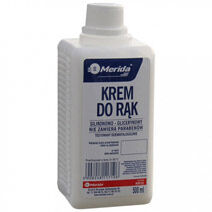
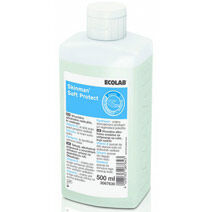
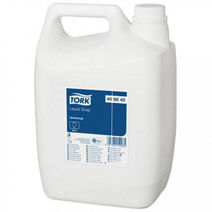
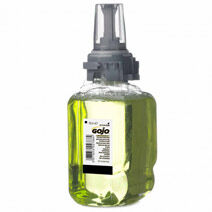

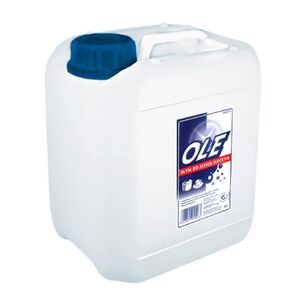

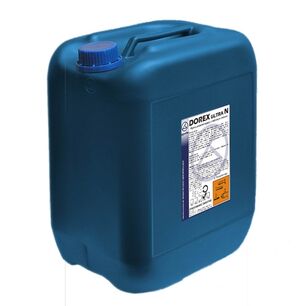
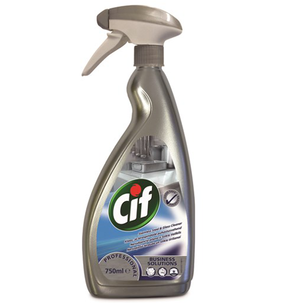
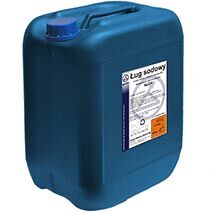

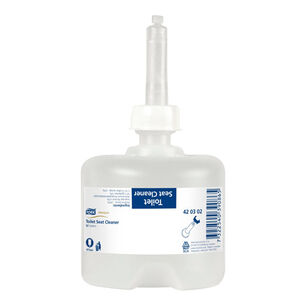
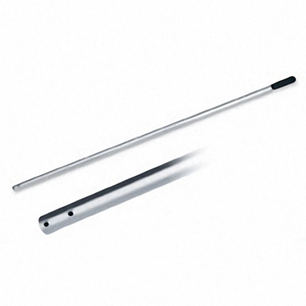
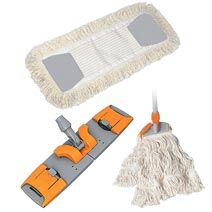

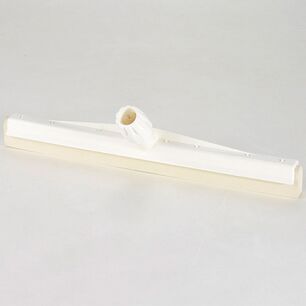

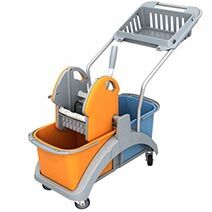


 Polski
Polski
 Czech
Czech
 German
German
 Spanish
Spanish
 Slovak
Slovak